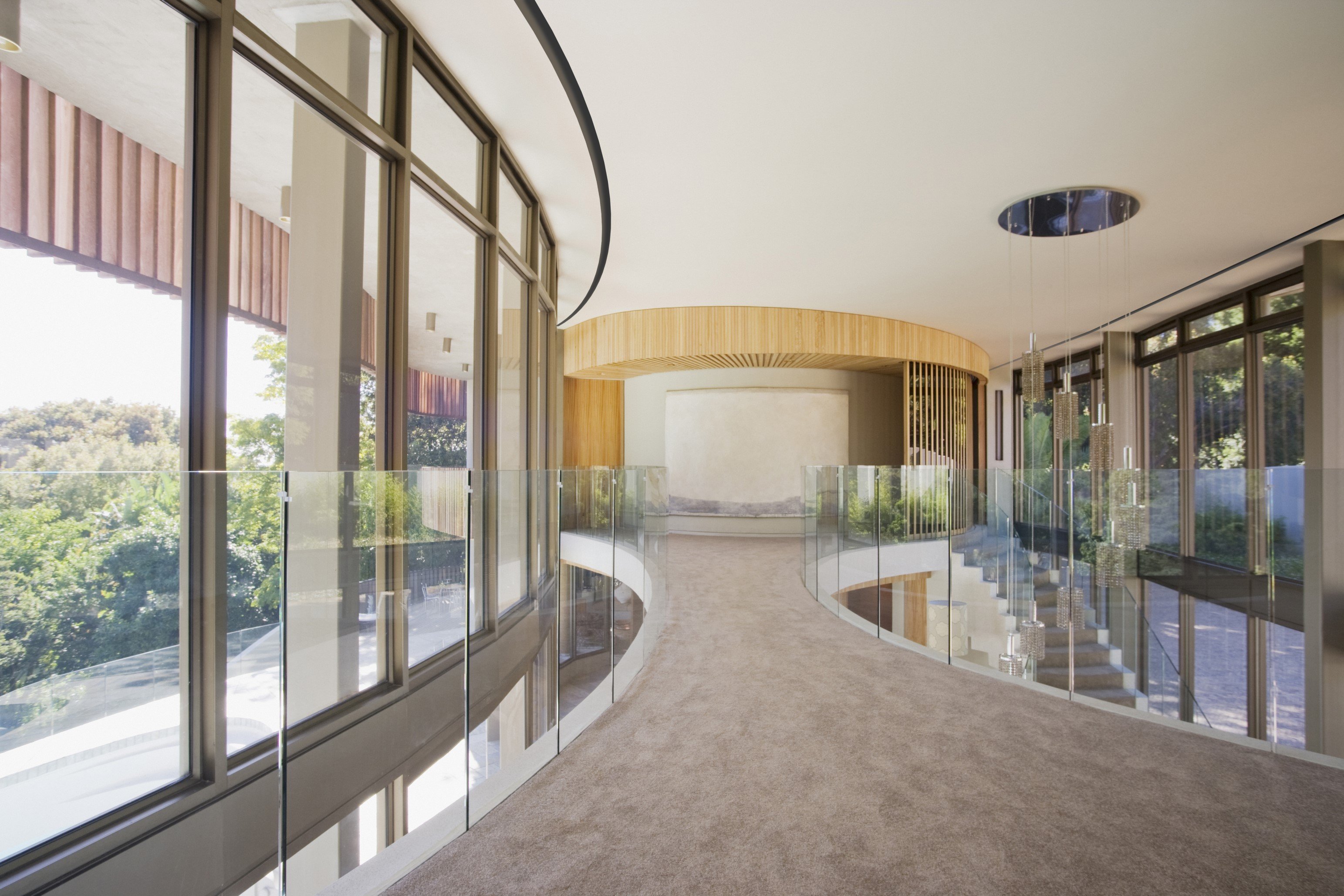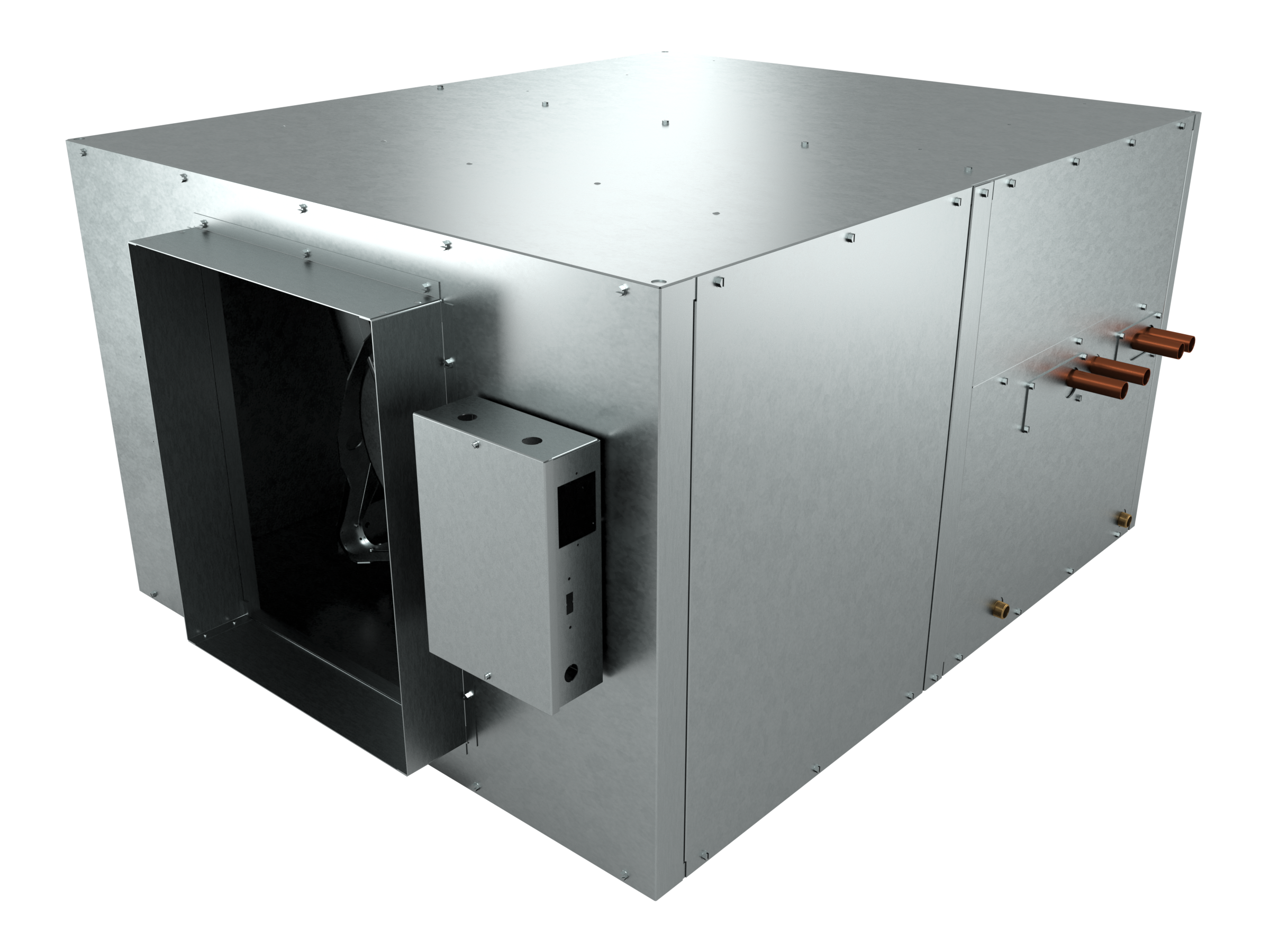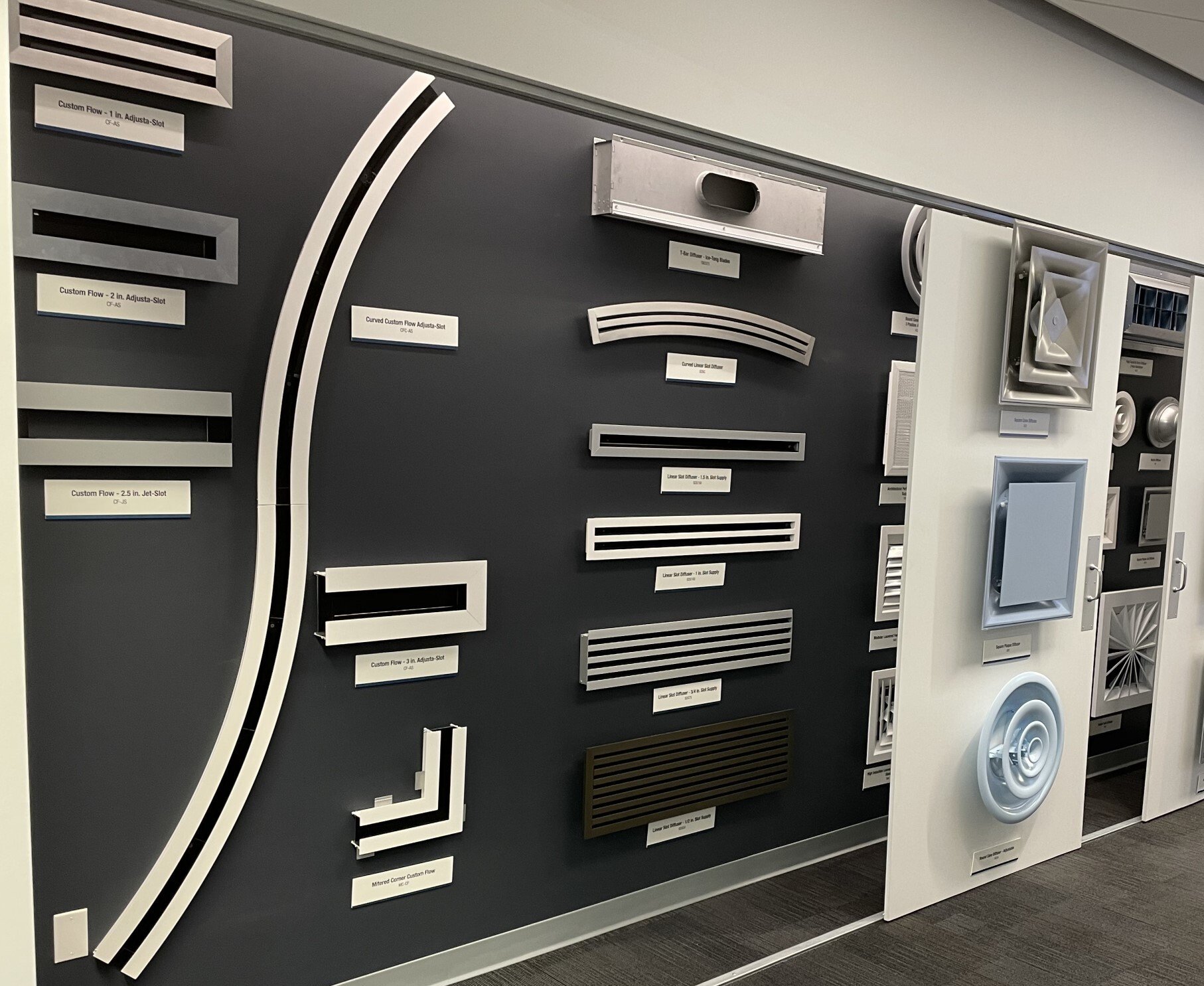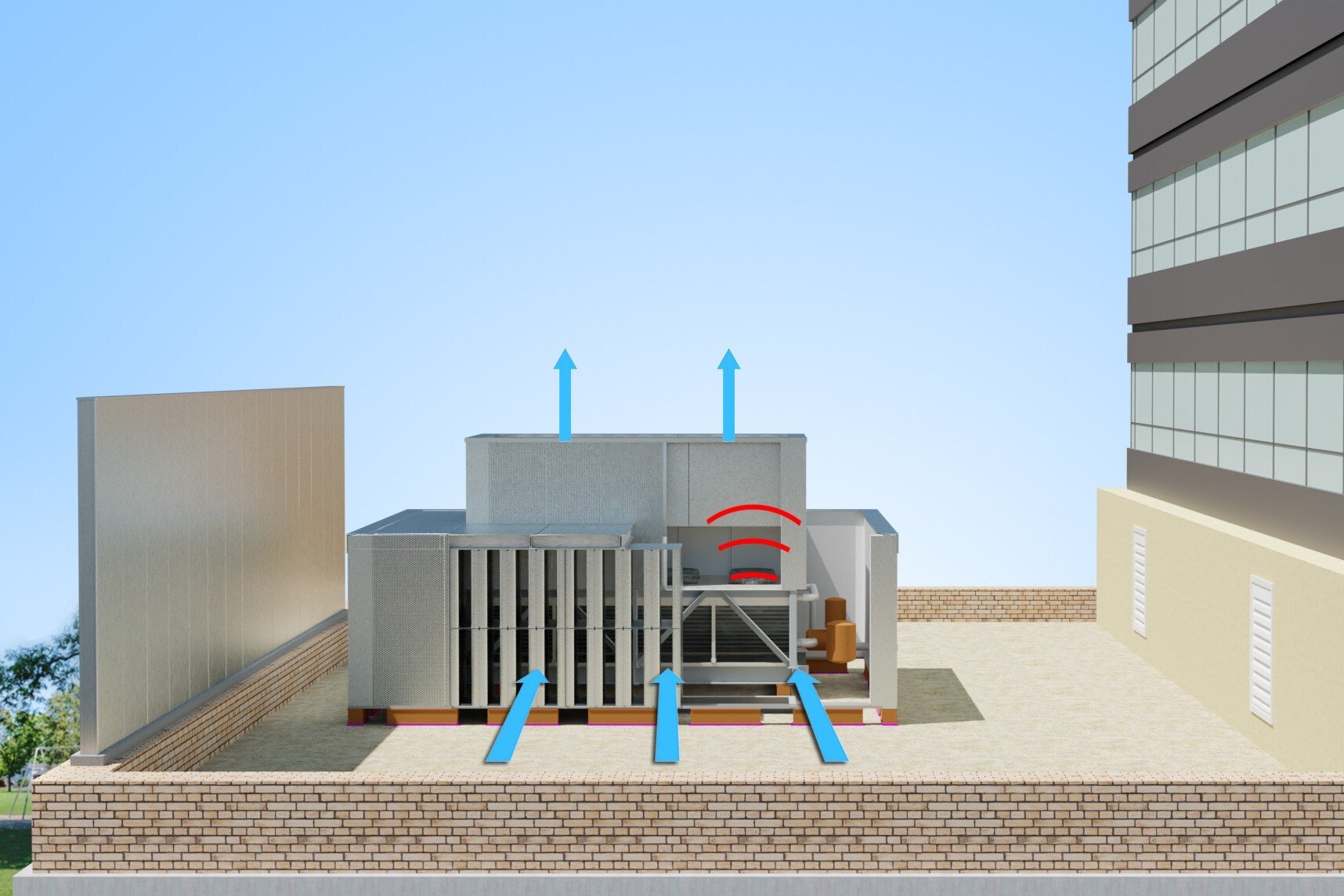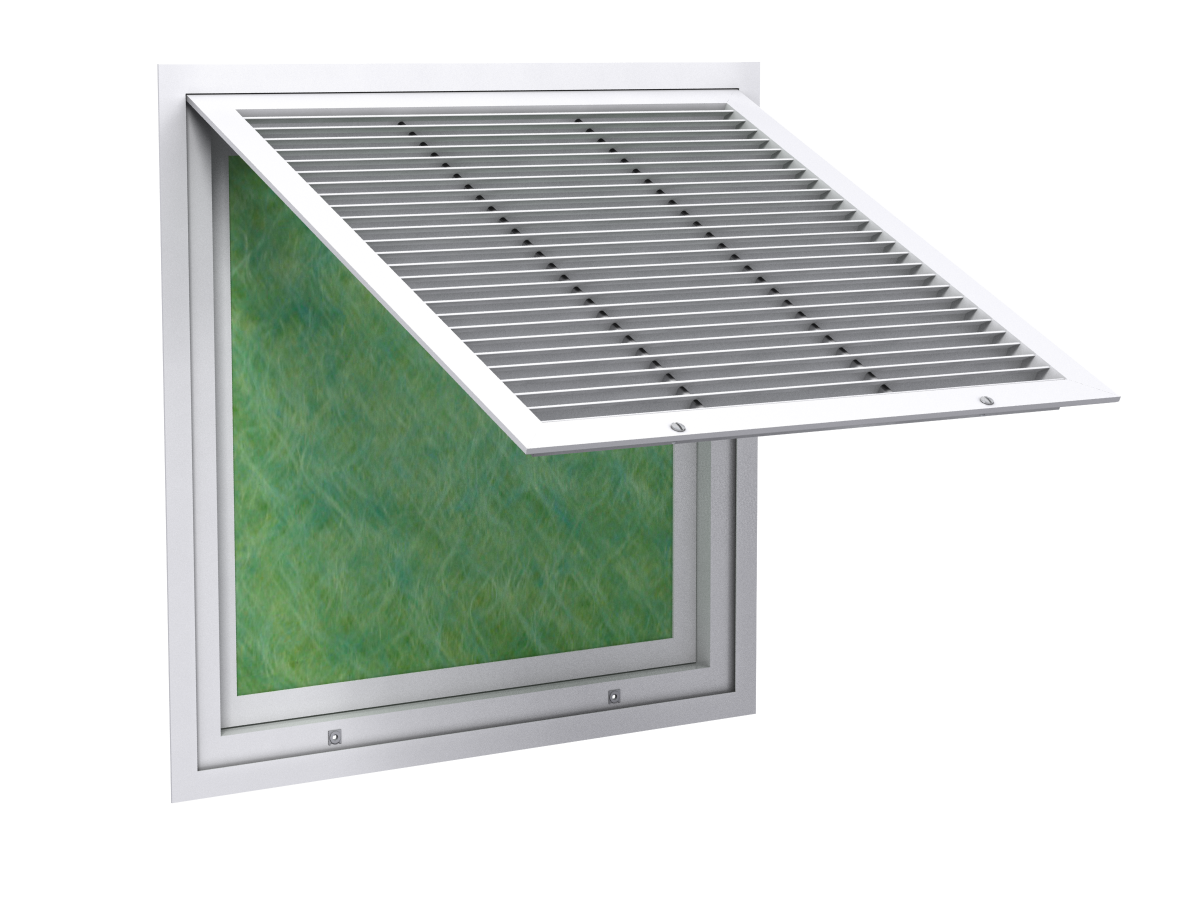A Complete Guide to Size and Selection
Curved linear grilles and diffusers are an excellent way to deliver heating and cooling into a space without sacrificing the aesthetics of the architectural design. But when it comes to purchasing and installing these specialized products, it can be challenging to accurately capture the curvature of the surface.
Read More
Topics:
GRD,
Diffusers,
Grilles,
HVAC,
Engineering,
Design Engineering,
Contractors
Bridging the Gap Between Fan Coils and Indoor Air Handlers
A blower coil unit is a versatile piece of equipment that can be integrated into many types of hydronic distribution systems. With its compact design and wide range of performance capabilities, it has become popular in many different markets.
Read More
Topics:
Static Pressure,
Fan Coils,
HVAC Fundamentals,
HVAC,
Engineering,
Design Engineering
Cool Tips and Hot Takes for Air Distribution Design
At Price, we pride ourselves on our contributions to The Science of Comfort™ (we have the phrase trademarked, after all). If you’re a regular reader of the blog, you’ll understand the rigorous testing and research behind all the air distribution solutions we manufacture. Our team at Price Research Center North (PRCN) in Winnipeg, MB, is accustomed to maintaining the highest test standards and methodologies behind the data published in our catalog.
Read More
Topics:
GRD,
Diffusers,
ASHRAE 70,
Inlet Effect,
Grilles,
Static Pressure,
Pressure Drop,
Inlet Conditions,
Mock-Up,
HVAC,
Engineering,
Design Engineering,
Tech Tip
Engineered Acoustic Enclosures for Chillers
Ever had a project stall because of unexpected noise complaints? Chillers may be the culprit.
Noise is frequently overlooked in the design of mechanical equipment, only becoming a problem once the equipment is installed and the neighbors start complaining. If the local authorities find that a site has violated noise ordinances, the situation needs to be remedied quickly to avoid legal action.
Read More
Topics:
Noise Control,
Acoustic Panels,
HVAC Silencers,
Pressure Drop,
HVAC,
Engineering,
Design Engineering,
CFD
Expertly Designed With Simplicity in Mind
Filter frame grilles are an elegant solution for providing filtration on the return-air side of your air distribution system. Return grilles supplied with a filter frame make it easy to access filter media from the room side using face-operable latches.
Read More
Topics:
GRD,
Grilles,
HVAC Fundamentals,
HVAC,
Engineering,
Design Engineering,
Filtration


